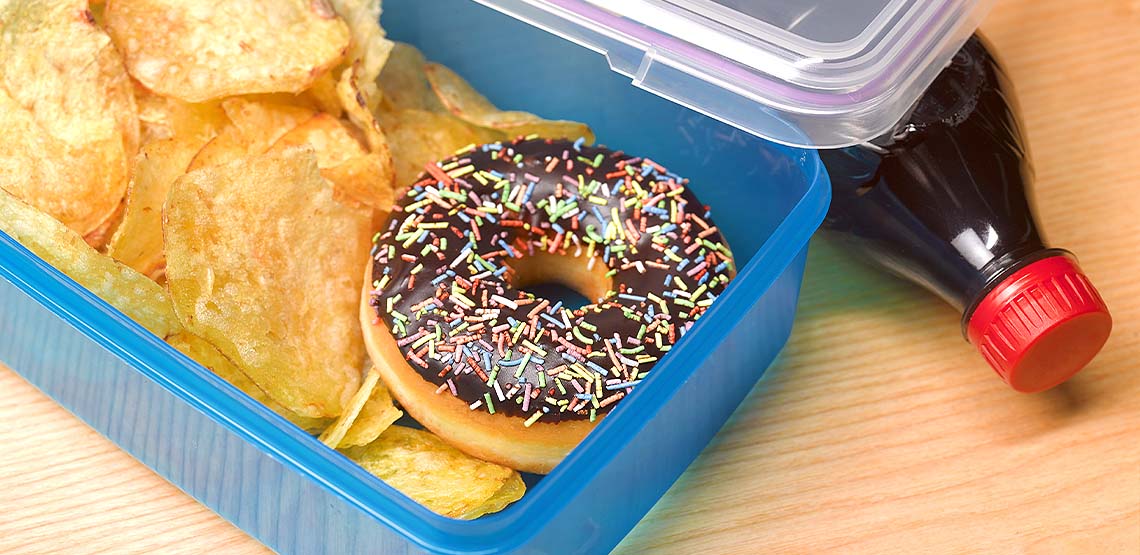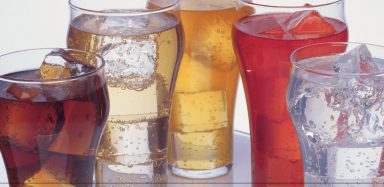Is Trans Fat Bad?
Over the past few years, you have likely seen a shift in how we talk about fats in our diet. They've gone from being a major villain to playing an essential role in building healthy bodies and brains while providing much-needed energy for daily living. However, not all fats are created equal. While our bodies need to consume omega-3 and omega-6 essential fatty acids and healthy sources of saturated fats to build our cells and manage different processes in the body, there is one type of fat we should all avoid: trans fat. So, is trans fat bad?
Trans fats have been showing up in the media for the last few years and are even banned from use in some countries. While some products, such as dairy, contain small amounts of naturally occurring trans fats, they are primarily found in highly processed, industrial-made food. As a nutritionist, I hesitate to call these products food since they are mostly devoid of vitamins, minerals and healthy nutrients. Instead, they are packed with trans fatty acids and empty calories.
What Are Trans Fats?
As I mentioned, there are two types of trans fats — naturally-occurring and artificial. Let's focus on artificial trans fats since we can most successfully and easily avoid these, and they cause the most damage.
Artificial trans fats, or trans fatty acids, are created during the hydrogenation process. This industrial process takes a liquid vegetable oil and essentially boils it with a nickel or metal catalyst to saturate the bonds of the fat with hydrogen molecules, so it becomes stable at room temperature.
According to the American Heart Association, reducing trans fat in the American diet helps reduce the risk of heart disease. As we will see in more detail below, the most common sources of trans fats in the diet come from partially hydrogenated oils. This process is when the hydrogenation mentioned above isn't fully completed.
These fats are used in many products because they are cheap to produce, can last a long time, provide a favorable taste and texture and can be used repeatedly in deep fryers. It comes down to them being a cheap and easy way for food producers and restaurants to prepare their foods.
So, is Trans Fat Bad for You?
As I mentioned, naturally-occurring trans fats created in the digestive tract of ruminant animals, such as cows, do not have negative health impacts. One kind of trans fatty acid called conjugated linoleic acid may even have health benefits and is often marketed as a supplement.
So, what are some negative effects of artificial trans fats?
1. Increased Risk of Heart Disease and Stroke
Unfortunately, the more common source of trans fats in our diets comes in the artificially created form. These fats are linked to an increase in LDL cholesterol (the kind we want to keep lower) and a decrease in HDL cholesterol, the kind we would rather have more of. These trans fats are linked to an increased risk of heart disease and stroke.
2. Increased Risk of Developing Type 2 Diabetes
The American Heart Association also states that consuming excessive amounts of trans fatty acids can increase your risk of developing type 2 diabetes. This puts you at risk of a heart attack, stroke, kidney disease, blindness and other diabetic complications.
3. Increased Inflammation
Some studies show that consuming foods rich in artificial trans fatty acids can increase inflammation. This can lead to the development of inflammatory conditions such as heart disease, stroke, diabetes and arthritis, to name a few. Limiting your intake of trans fatty acids can reduce this risk.
Why You Should Avoid Trans Fats
As you can see, including trans fats in your diet in place of healthy sources of saturated and essential fatty acids can set you up for inflammation and the development of chronic conditions. Let's keep reading to see where we find them in the diet.
Related Search Topics (Ads)
Where Do You Find Trans Fats?
It's pretty tricky to find a processed food in America that doesn't contain trans fatty acids. Since companies don't need to say whether a product contains trans fats if there are less than 0.5 grams per serving, you will want to check the ingredient list for partially hydrogenated oils. If the product has this ingredient, then it is likely to have trans fats as well. The following list is by no way exhaustive, but it highlights some of the most common sources in the diet.
Baked and Fried Foods:
- Donuts.
- French fries.
- Chips.
- Cakes.
- Pastries.
- Pie crusts.
- Biscuits.
- Frozen pizzas.
- Cookies.
- Crackers.
- Snack cakes.
Fats and Oils:
- Stick margarine.
- Vegetable oil-based spreads.
- Soybean and canola oils.
Healthy Alternatives to Trans Fats
If you want to avoid trans fats in your diet, your best bet is to limit the number of processed foods you consume. If you want to have cookies or cakes, bake them at home using real butter or avocado oil instead of margarine or vegetable oil.
You can also replace your vegetable oils with olive oil, coconut oil or avocado oil. Doing this will have a two-fold effect of limiting your intake of trans fats and increasing your intake of heart-healthy fats, such as oleic acid.
If you want to purchase baked goods or other treats, look for smaller establishments that use butter or coconut oil or lard from grass-fed animals. Don't be afraid to ask for their ingredient lists if they are not readily available.
While it is challenging to avoid trans fats completely, you can undoubtedly choose healthier alternatives. Make sure you are carefully reading your labels and replacing your vegetable oils and margarine with healthy alternatives.
Article Resources
- American Heart Association (Trans Fats)
- PubMed.gov (Cross-sectional study of conjugated linoleic acid in adipose tissue and risk of diabetes)
- PubMed.gov (Health effects of trans-fatty acids: experimental and observational evidence)
- PubMed.gov (Consumption of trans fatty acids is related to plasma biomarkers of inflammation and endothelial dysfunction)
- PubMed.gov (Dietary intake of trans fatty acids and systemic inflammation in women)
- Wiley Online Library (Levels Of Trans Geometrical Isomers Of Essential Fatty Acids In Some Unhydrogenated U. S. Vegetable Oils)

